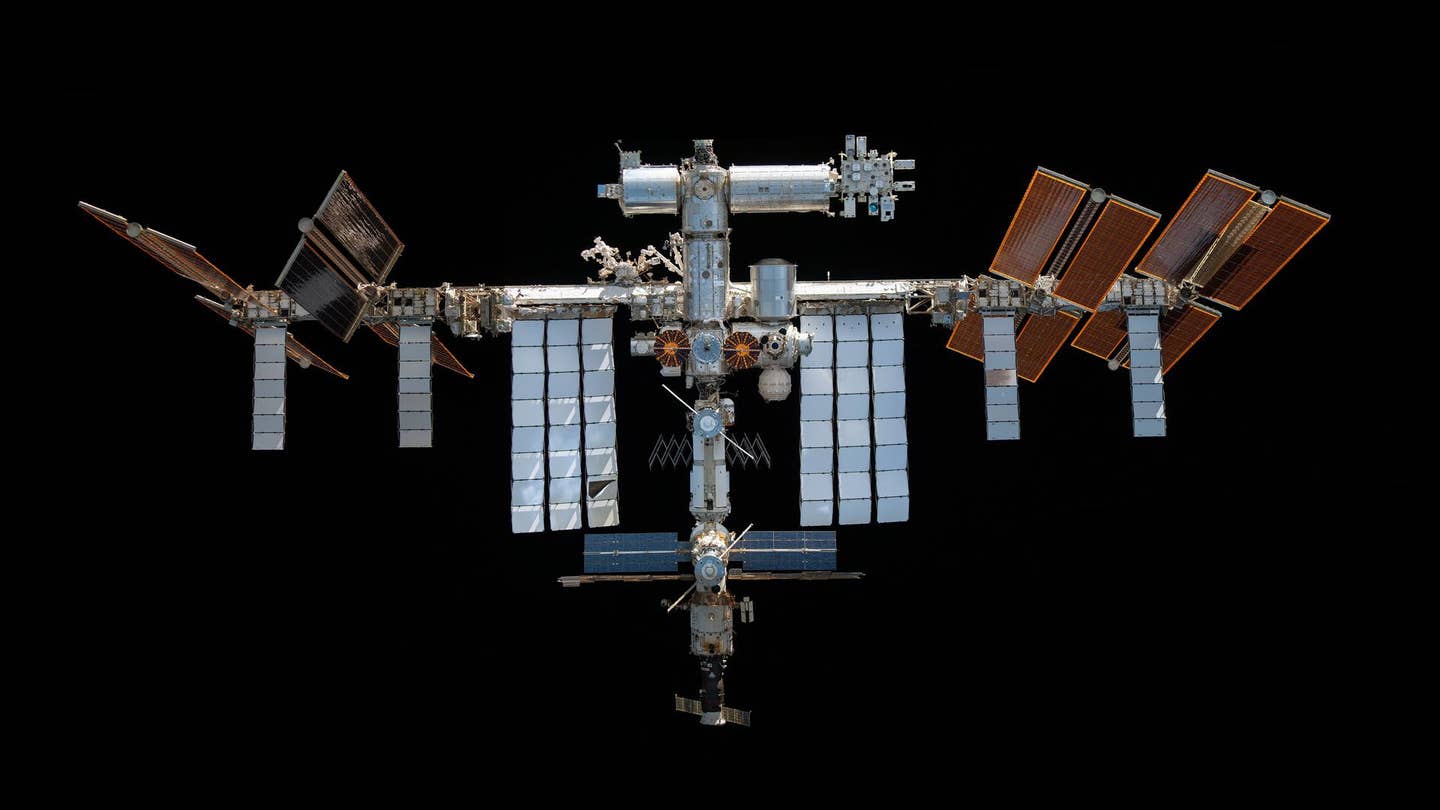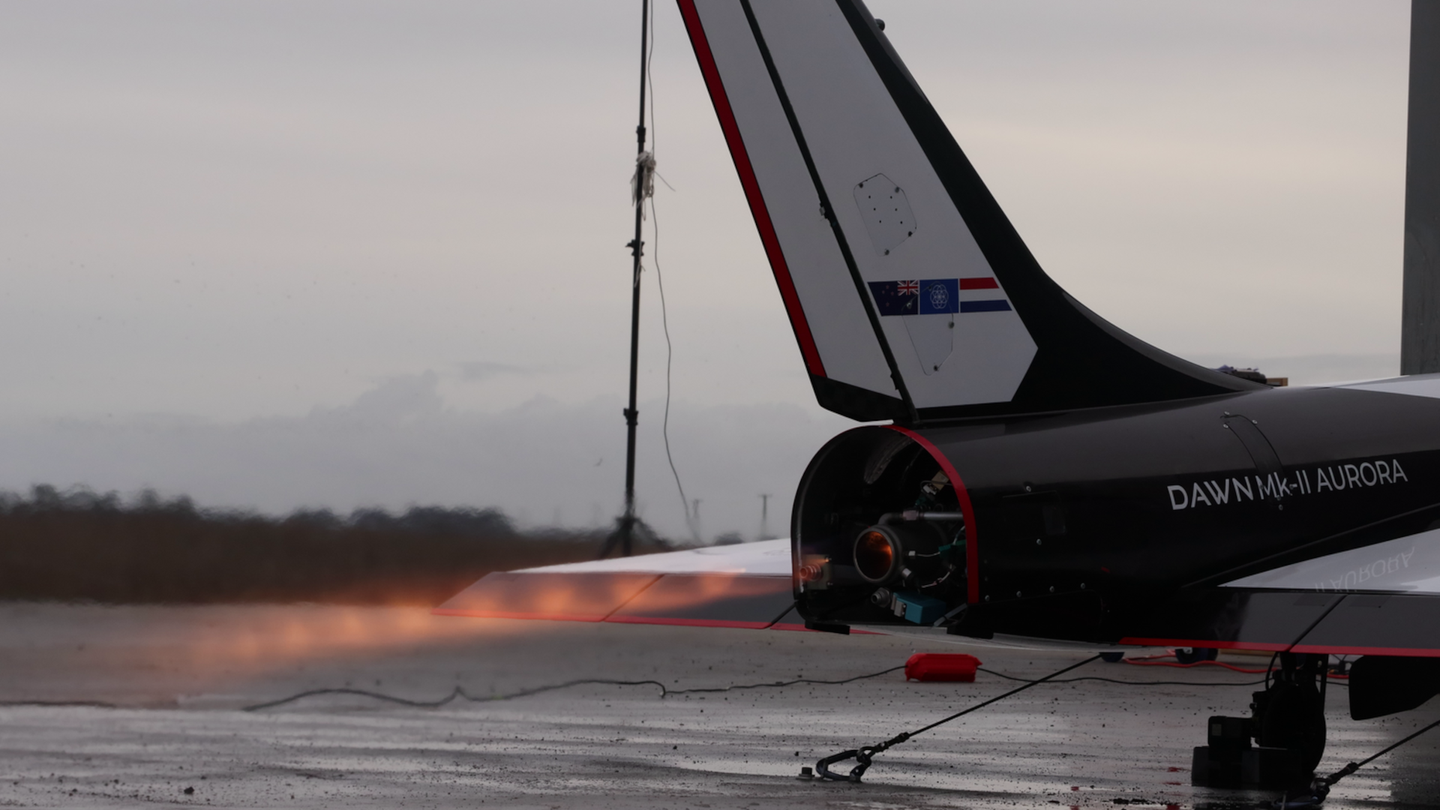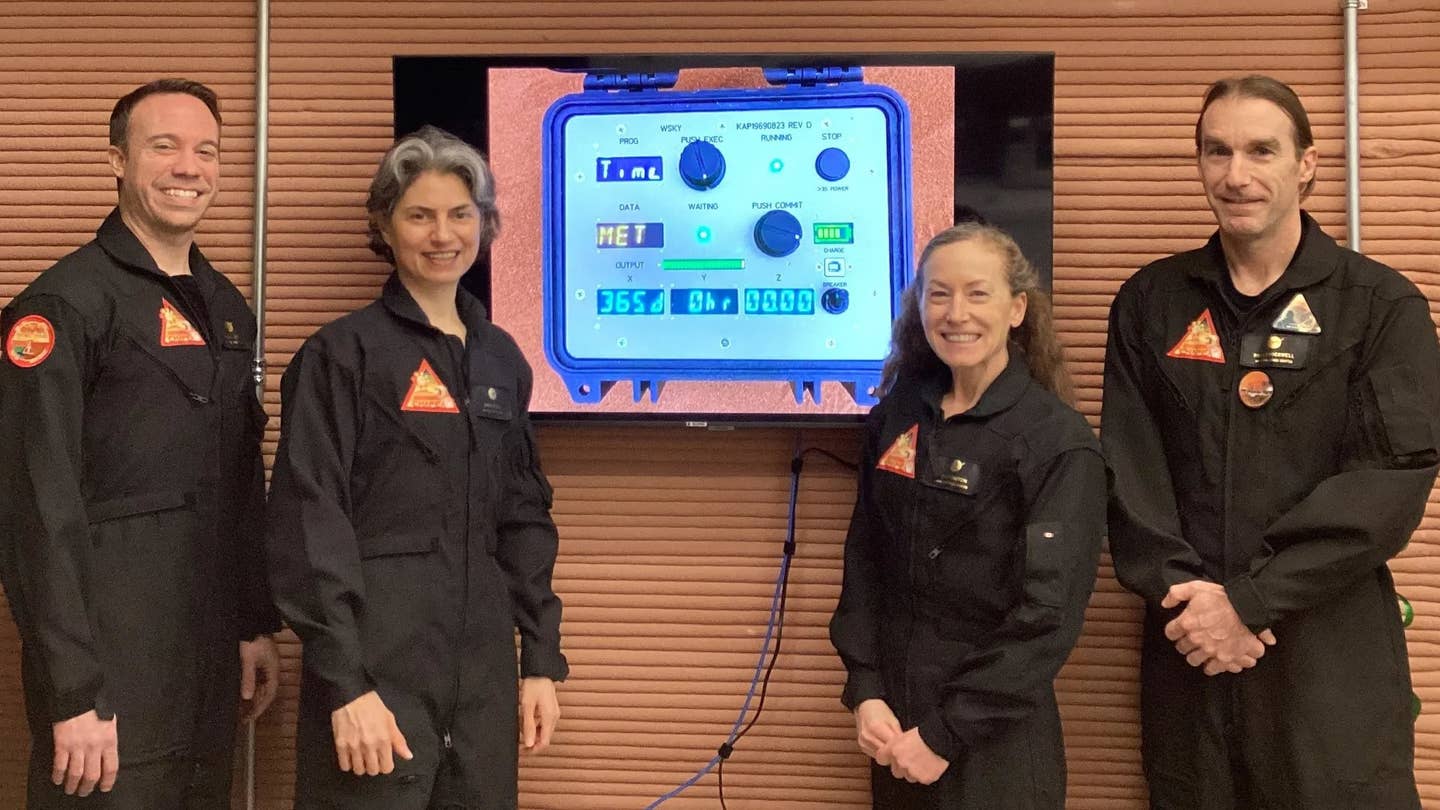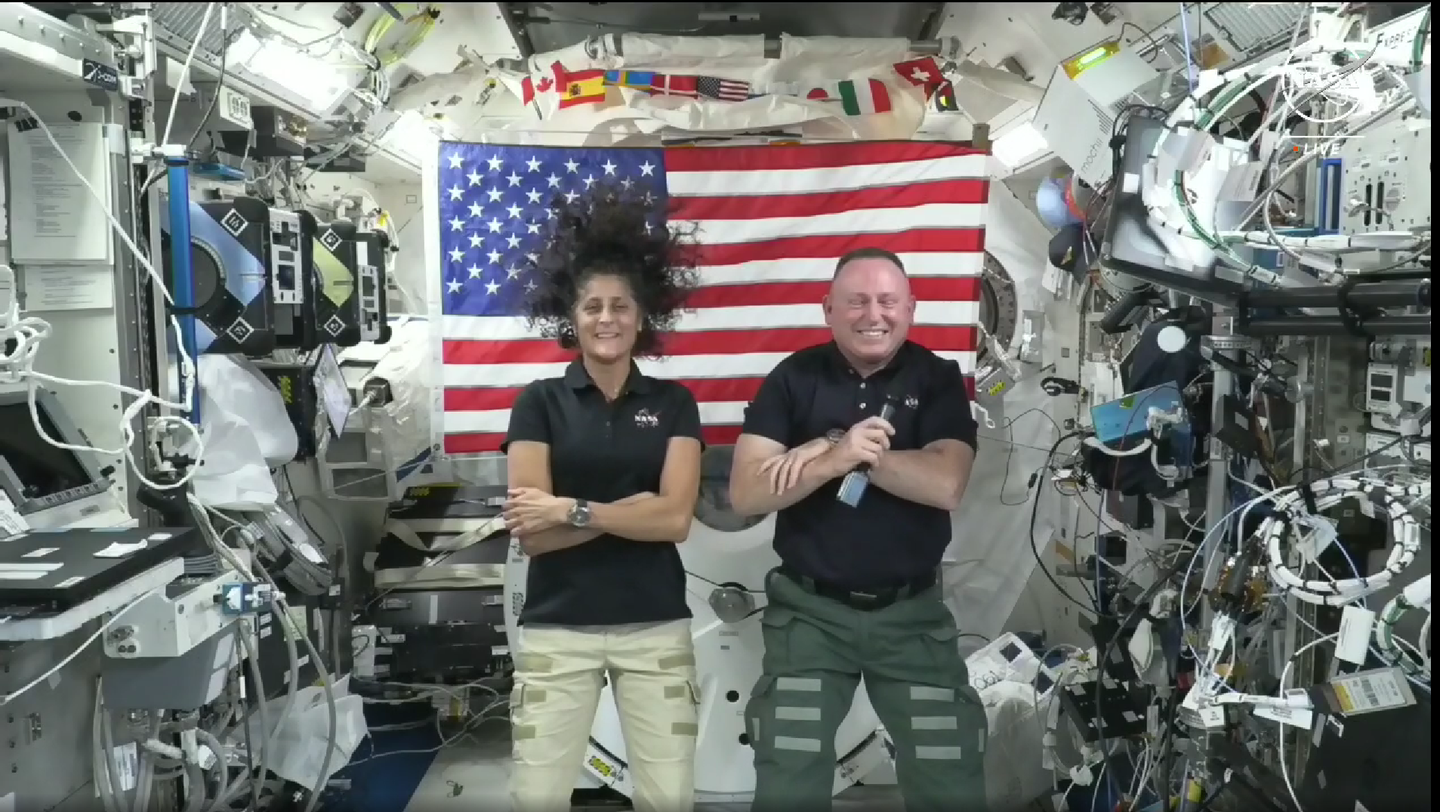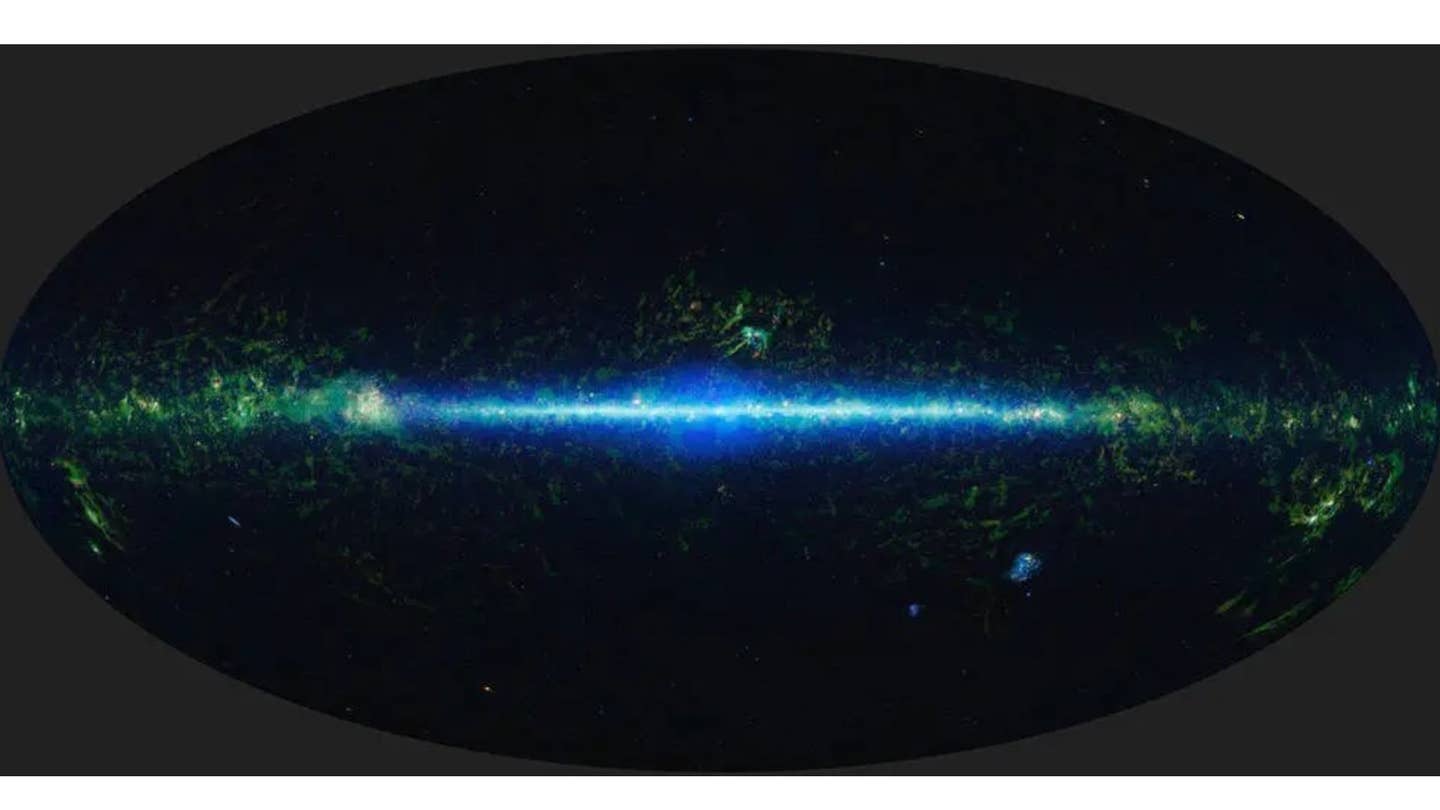Northrop Grumman Cygnus Launches on ISS Resupply Mission
A SpaceX Falcon 9 rocket launched the payload of more than 8,200 pounds of critical supplies headed to the International Space Station.
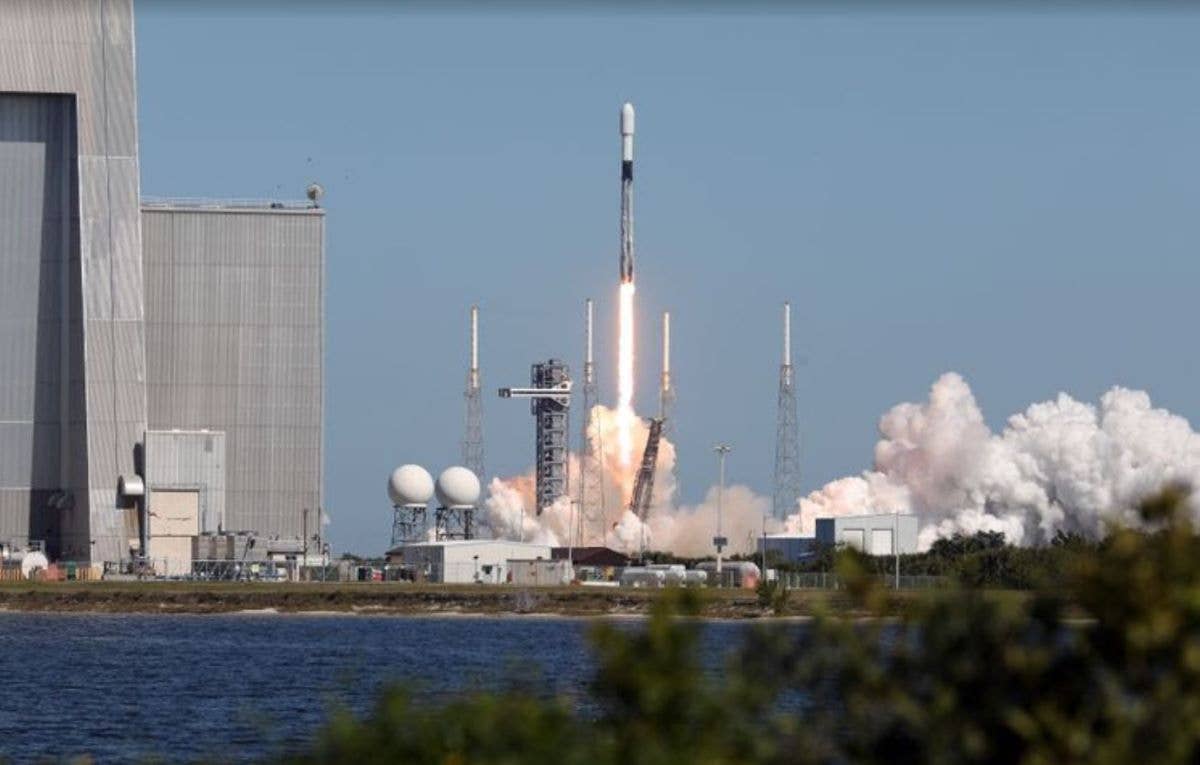
Northrop Grumman’s Cygnus spacecraft, being used for the NG-20 cargo delivery mission to the International Space Station, launched from Cape Canaveral Space Force Station in Florida on Tuesday. [Courtesy: Northrop Grumman]
Northrop Gumman's Cygnus resupply spacecraft successfully launched Tuesday, sending more than 8,200 pounds of critical cargo and NASA science investigations to the International Space Station (ISS).
The commercial resupply mission—dubbed "NG-20"—was launched aboard a SpaceX Falcon 9 rocket shortly after noon EST from Space Launch Complex 40 at Cape Canaveral Space Force Station, Florida.
The spacecraft is set to reach the ISS on Thursday, where it will remain attached for six months. During that time, the spacecraft may reboost the station's orbit to counteract atmospheric drag, according to Northrop Grumman.
"Cygnus is scheduled for capture at 4:20 a.m. [on Thursday] by the Canadarm2 robotic arm, which will be operated by NASA astronaut Jasmin Moghbeli with assistance from NASA astronaut Loral O'Hara," NASA said.
It is scheduled to remain attached to the ISS until July, when it is set to depart, disposing of thousands of pounds of debris through its reentry into Earth's atmosphere, NASA said.
“This mission reflects Cygnus’ flexibility to launch on a variety of launch vehicles, demonstrating our ability to deliver on our commitments to support NASA’s mission," Cyrus Dhalla, vice president and general manager of tactical space systems at Northrop Grumman, said in a statement.
Falcon 9's first stage returned to Earth and landed at Landing Zone 1, completing our 10th launch and landing of the year pic.twitter.com/MoqpgEt2hg
— SpaceX (@SpaceX) January 30, 2024
The launch marked the 20th ISS cargo resupply mission for Northrop Grumman, as well as a milestone for SpaceX.
"This is the 10th flight of the first stage booster supporting this mission, which previously launched Crew-5, GPS III Space Vehicle 06, Inmarsat I6-F2, CRS-28, Intelsat G-37, and four Starlink missions," SpaceX said. "Following stage separation, Falcon 9 will land at the Cape Canaveral Space Force Station Landing Zone 1 (LZ-1)."
On board the spacecraft are supplies and equipment to conduct dozens of NASA experiments, including the first surgical robot on the space station; an orbit reentry platform that collects thermal protection systems data; a 3D cartilage cell culture that maintains healthy cartilage in lower gravity; and a metal 3D printer.
The Cygnus spacecraft used for the NG-20 mission was named in honor of aerobatic pilot and NASA astronaut Patricia Robertson, who was killed in a private airplane crash before she was able to make her scheduled flight to ISS in 2002.

Subscribe to Our Newsletter
Get the latest FLYING stories delivered directly to your inbox

